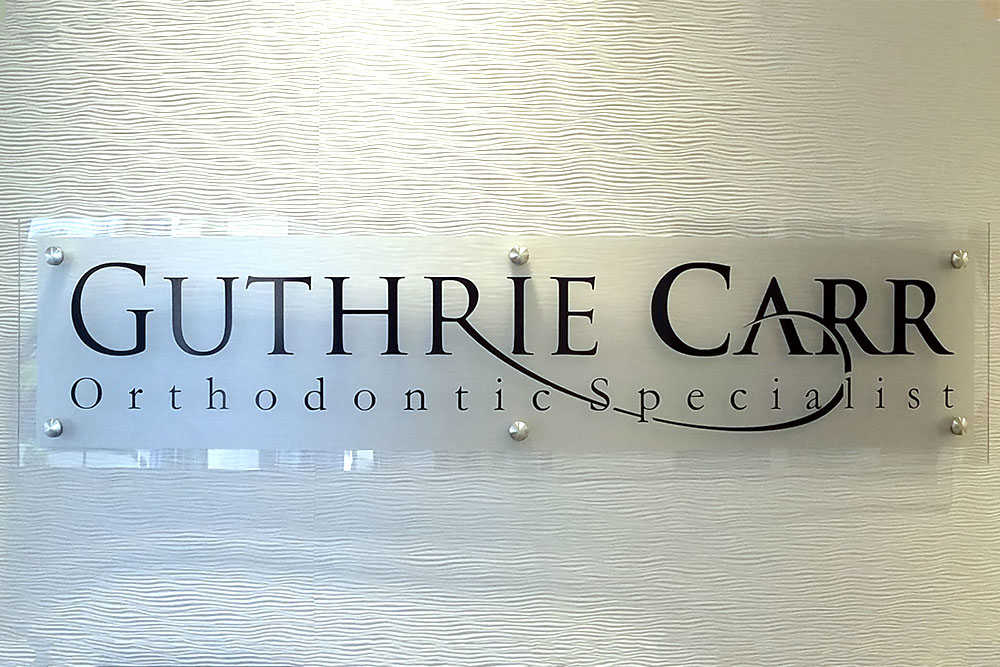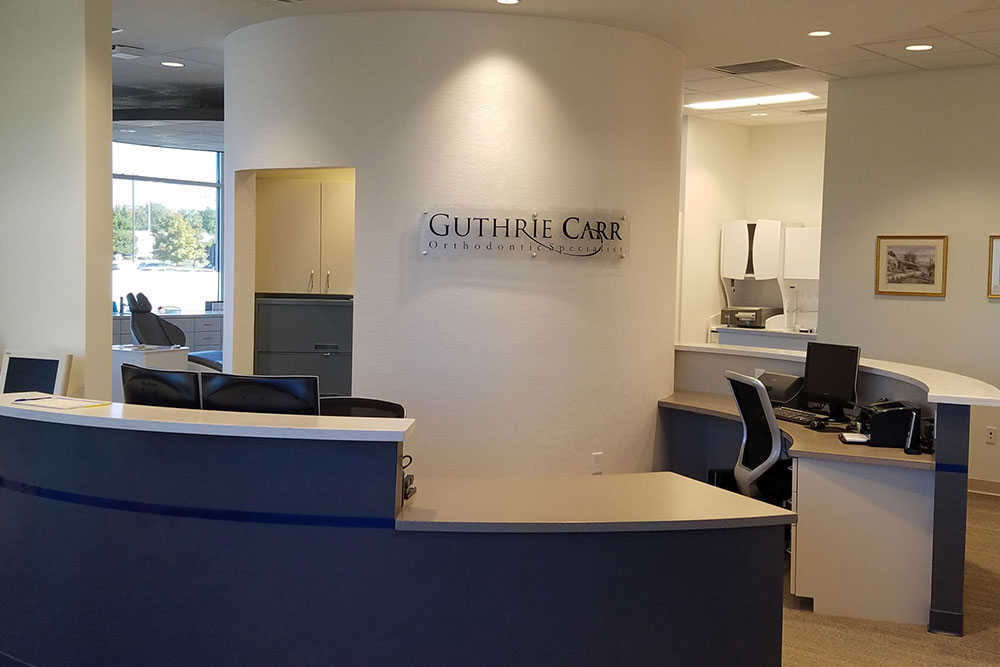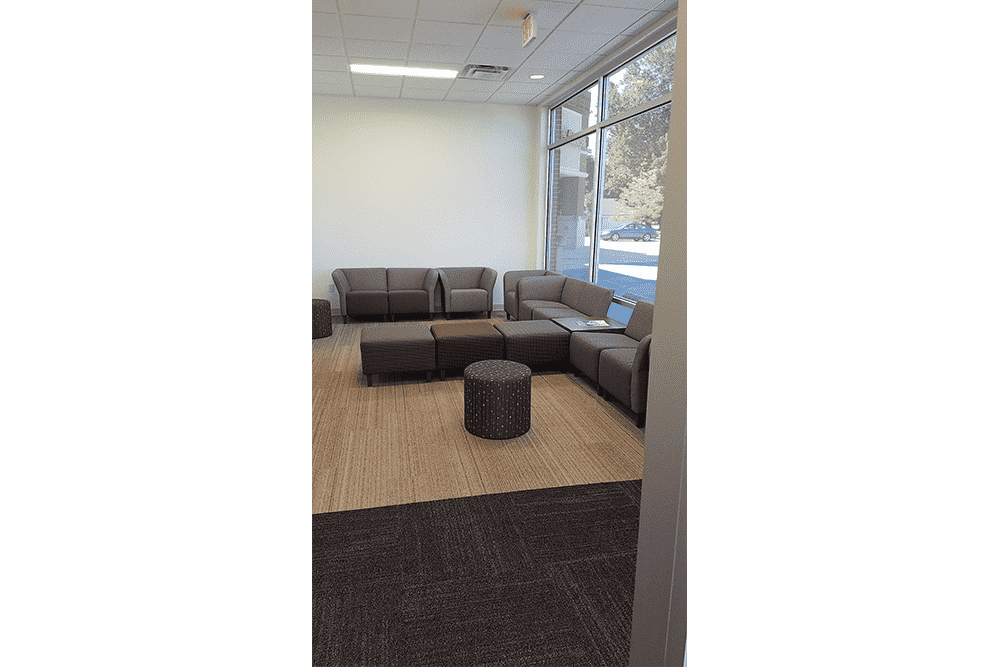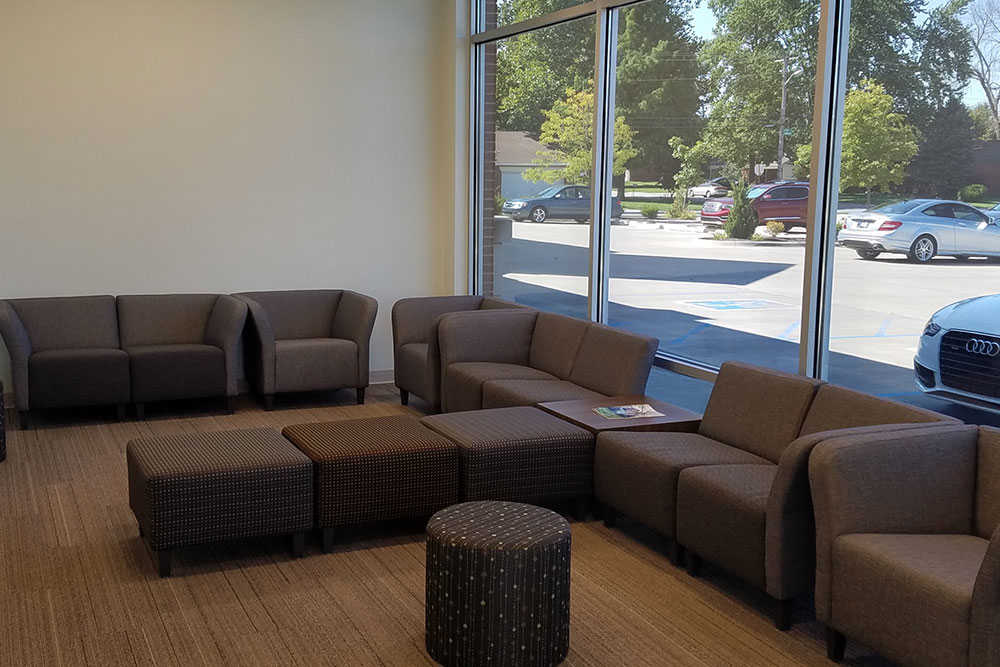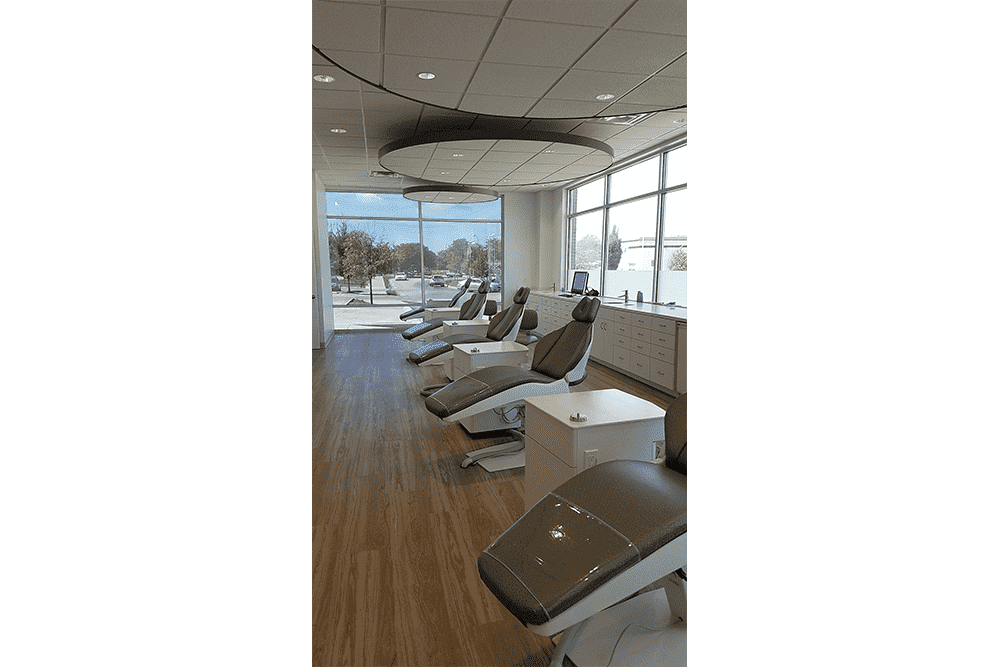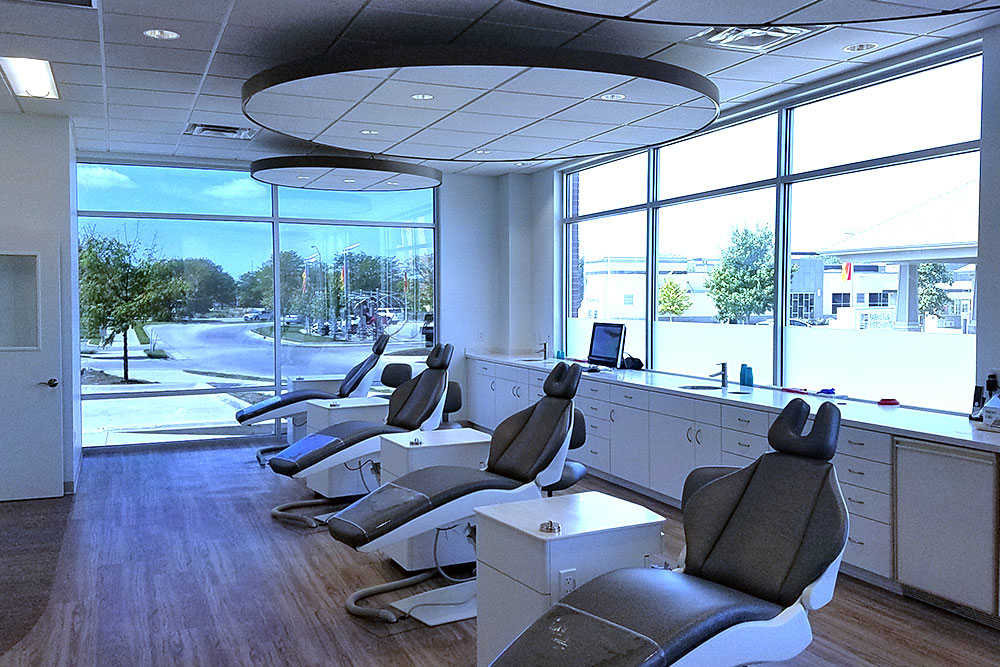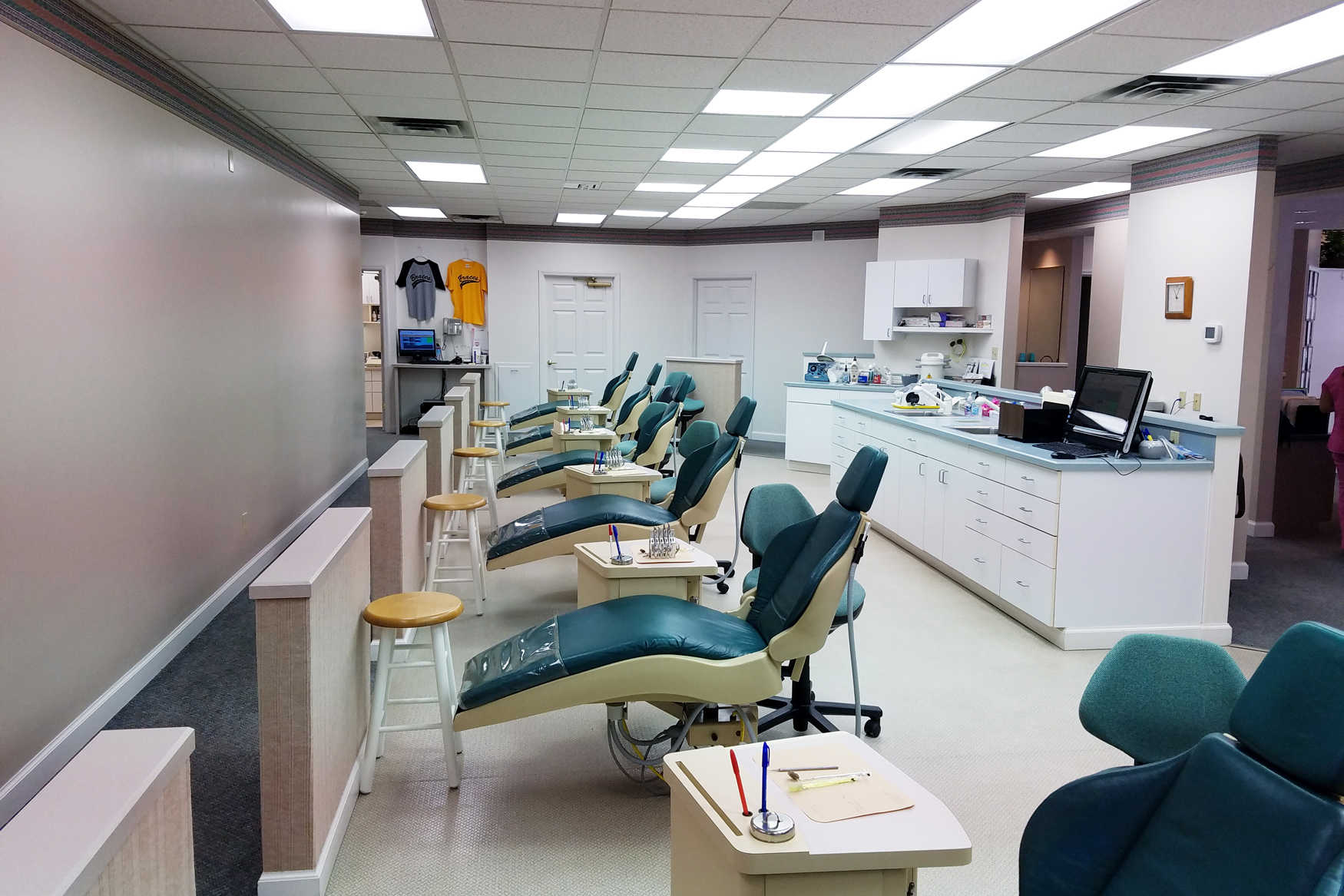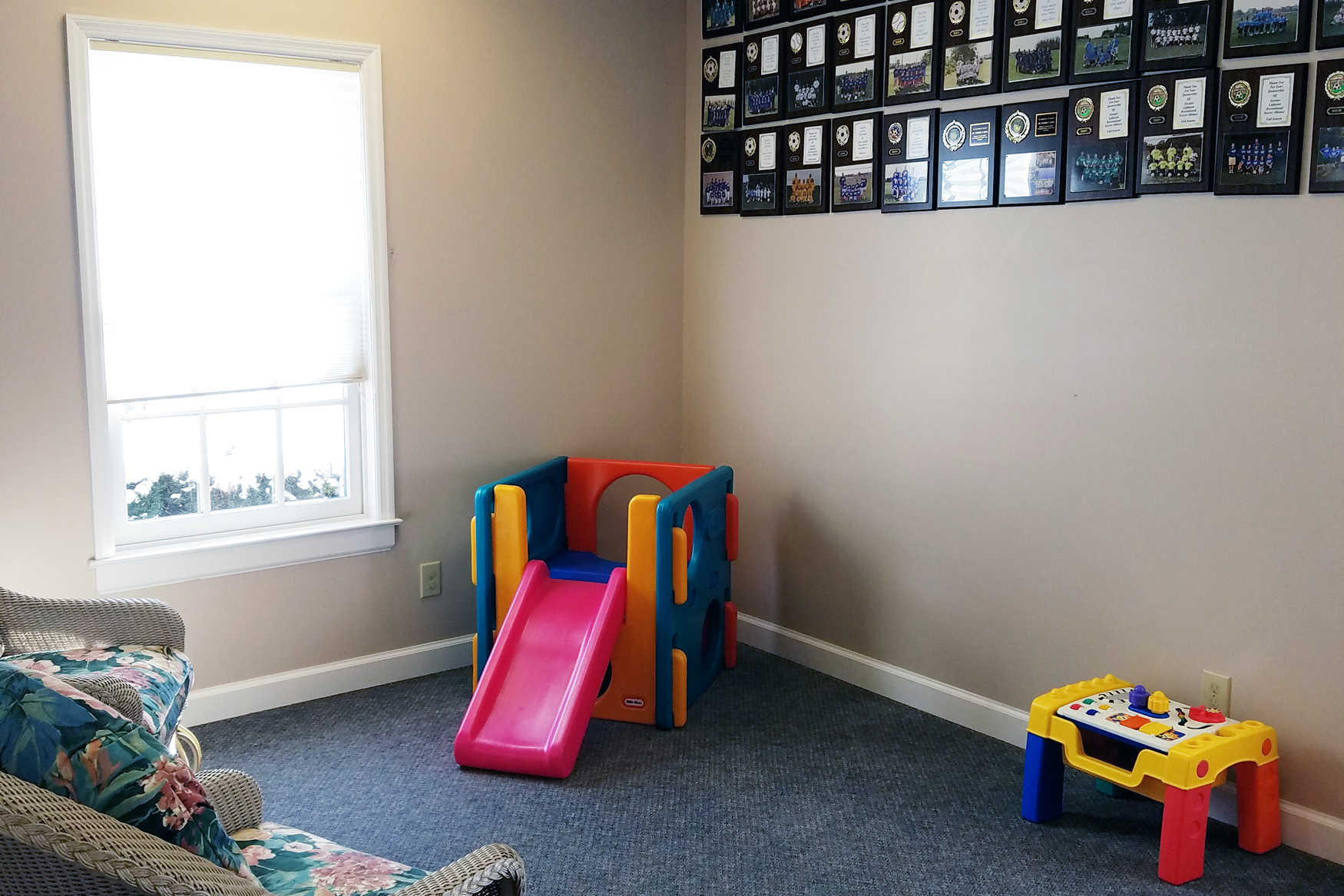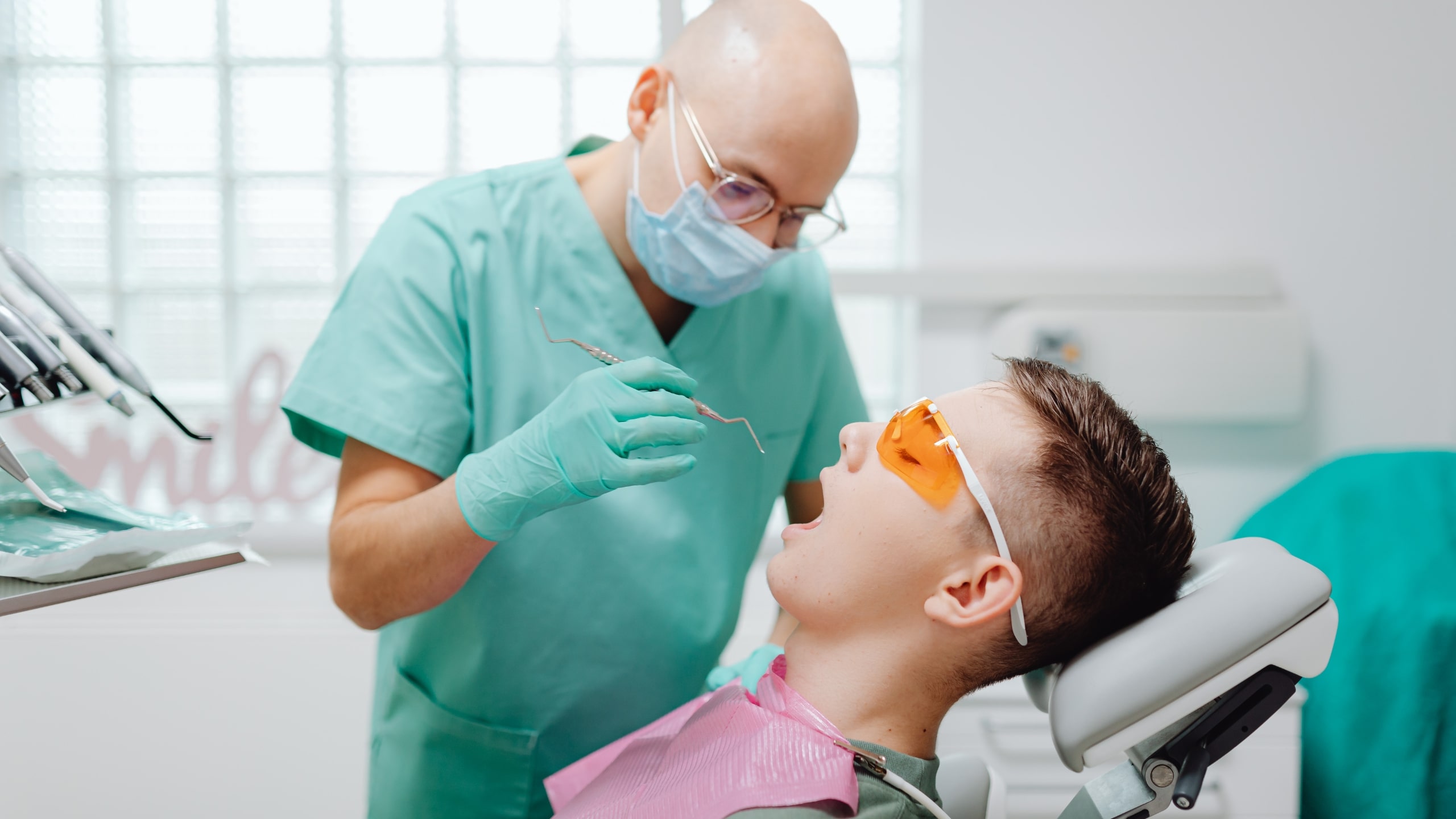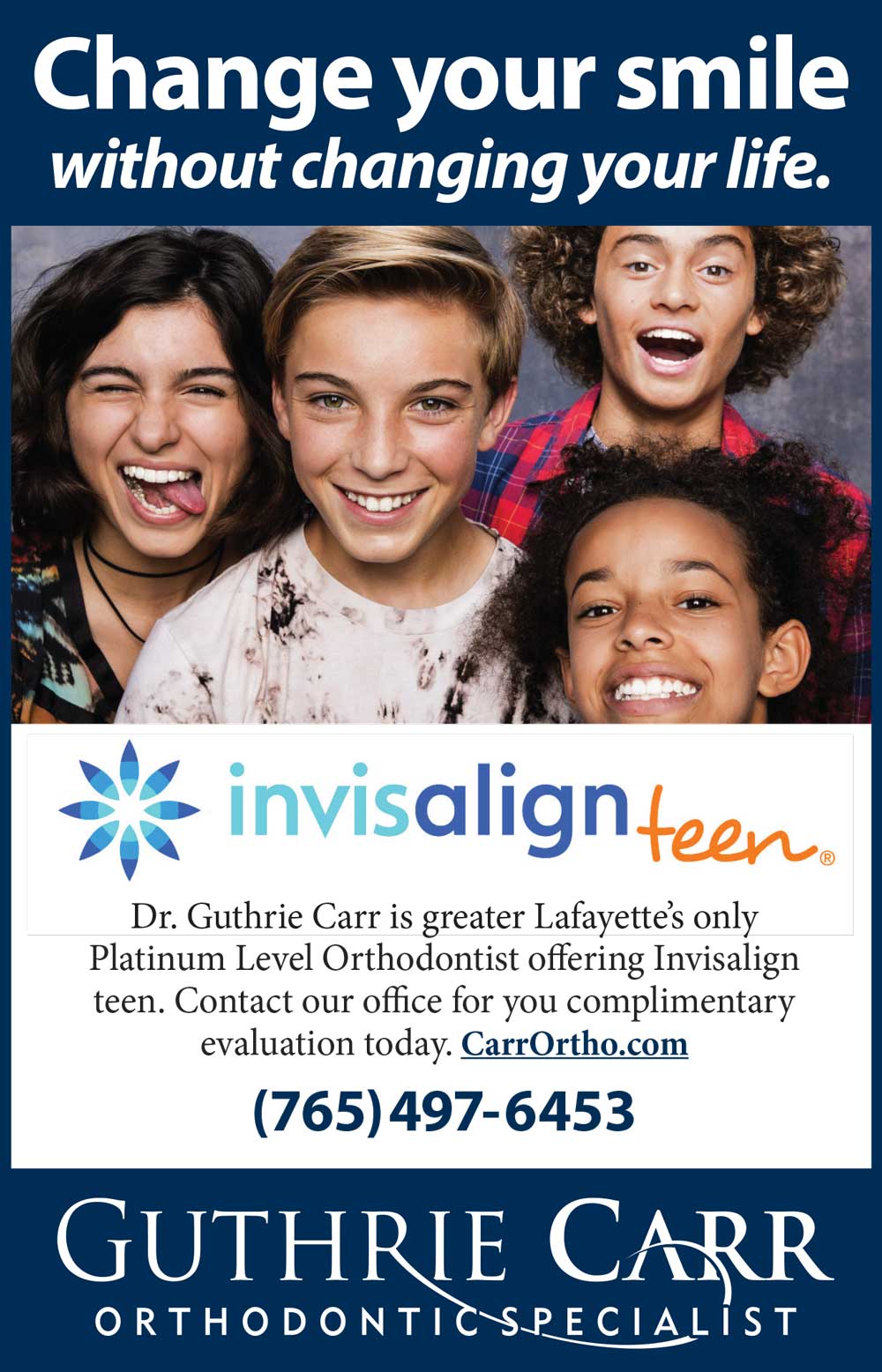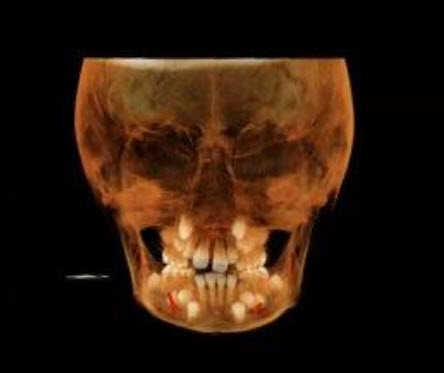Millions of people are now choosing Invisalign and advanced orthodontic procedures that help them transform their smiles more comfortably and discreetly. The clear aligner market is booming because people want something that fits into their lifestyles while delivering reliable results. Early orthodontic checkups make a huge difference—potential concerns can be spotted early before they become bigger problems. This leads to treatment plans that are faster, more personalized, and designed around your individual needs.
Many Carr Orthodontics patients are thrilled that modern dental technology has provided a clearer, more predictable path to a beautifully aligned smile.
What Is Invisalign and How Does It Work?
Invisalign is a system of clear aligner trays designed to straighten your teeth without metal brackets. These removable, smooth trays are custom-made based on digital impressions and apply controlled pressure to move your teeth into the ideal position. You'll switch to a new set of aligners every one to two weeks, each representing the next phase of movement.
People love Invisalign because it's comfortable and can be easily removed during meals and when brushing your teeth. It also offers a look that fits with work, school, and social settings without drawing attention to your treatment.
Invisalign works well for teens and adults with mild to moderate crowding, spacing, or bite issues.
Braces vs. Invisalign: Key Differences
Deciding between braces and Invisalign can feel overwhelming, but understanding how each treatment works helps you make your choice with confidence. Both can create excellent results, but they look and function differently.
With Invisalign, you've got the advantage of easier brushing, flossing, and fewer food restrictions. Braces require more detailed cleaning and frequent adjustments. Treatment times vary—some cases respond faster with aligners, while others do better with braces. Depending on your oral structure, needs, and long-term goals, your orthodontist will determine which option is best for you.
Factors That Affect Treatment Cost
The cost varies from patient to patient since everyone's needs and treatment timelines are different. Several factors combine to determine your total investment.
Key Cost Factors
- The complexity of your orthodontic issue and how long it'll take to complete treatment
- The number of aligner or braces adjustments you'll need
- Maintenance and retention after active treatment
- Your orthodontist's experience and the technology used in treatment planning
- Insurance benefits that can help reduce treatment costs
- Flexible financing that allows monthly payment options
Understanding these factors gives you a better picture of what to expect before your treatment begins.
How To Choose The Right Orthodontist
Picking a provider should be based on confidence in their skill, technology, and ability to support you throughout the process. The right orthodontist combines clinical excellence with a positive, welcoming experience.
What To Look For
- Experience working with Invisalign and braces
- Advanced digital scanning and treatment planning
- Real success stories with patient results and testimonials
- A friendly, responsive team that communicates clearly
- Convenient scheduling and appointment availability
A reliable orthodontist makes sure treatment is an informative, comfortable process from start to finish.
Free Orthodontic Consultation: What To Expect
A free consultation is the first step toward a healthy, confident smile. It helps you learn about your treatment options and set realistic expectations.
What Happens During The Visit
- A thorough assessment of your teeth, bite, jaw position, and oral health
- Scans or impressions of your current tooth alignment
- Treatment plans developed according to your personal goals
- A clear explanation of costs and flexible payment options
- A chance to ask any questions and understand treatment timelines
This visit helps you feel more informed and ready to move forward with care.
Why Choose Carr Orthodontics?
Choosing the right practice can make the entire process more enjoyable and successful. Carr Orthodontics is committed to delivering a friendly, personalized experience where every patient receives individualized treatment based on their smile goals.
What Makes Carr Orthodontics The Right Choice
- Individualized treatment plans based on your oral structure
- Up-to-date orthodontic technology for both Invisalign and braces
- A friendly team that walks you through every step
- Payment options that make treatment manageable and stress-free
- A welcoming environment focused on comfort and lasting results
Patients from these communities are invited to experience personalized
orthodontic care from a team that puts comfort and confidence first.
If you're ready to take the next step toward a straighter, healthier smile, schedule an appointment at Carr Orthodontics and begin your journey with a team committed to clarity and comfort.
Locations Served
We're proud to serve patients in:
- Lafayette
- West Lafayette
- Purdue Area
- & surrounding areas
FAQs
Who offers Invisalign in West Lafayette?
Invisalign treatment is offered by qualified orthodontists who know how to move your teeth safely and comfortably with clear aligners.
Where can I get braces or Invisalign in West Lafayette?
You can schedule braces or Invisalign through an orthodontic practice that provides digital scans, customized planning, and personalized treatment monitoring.


